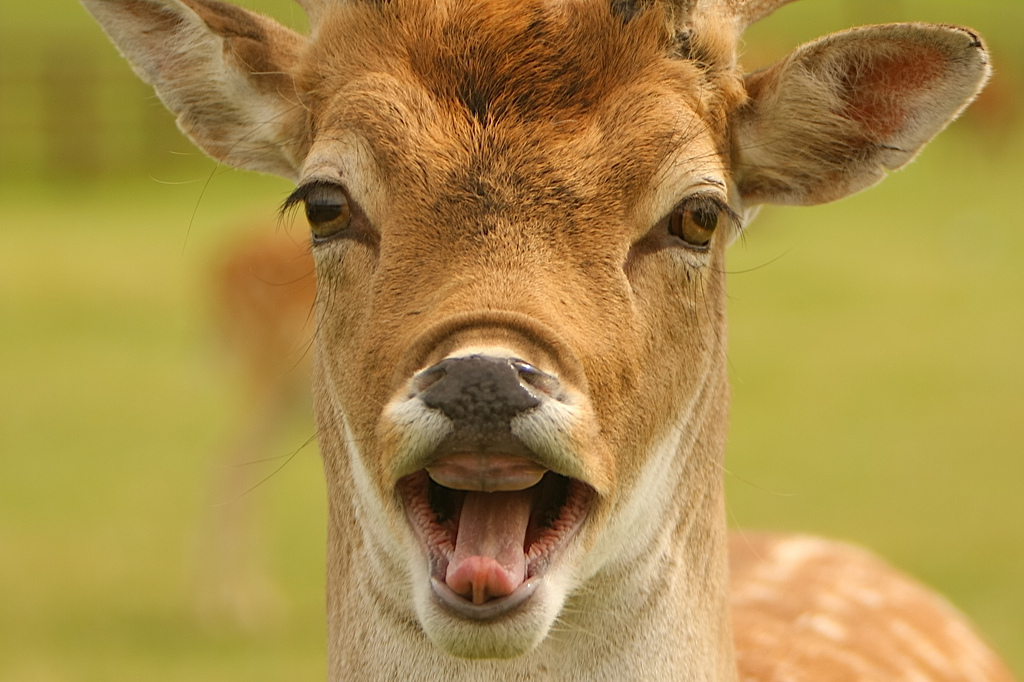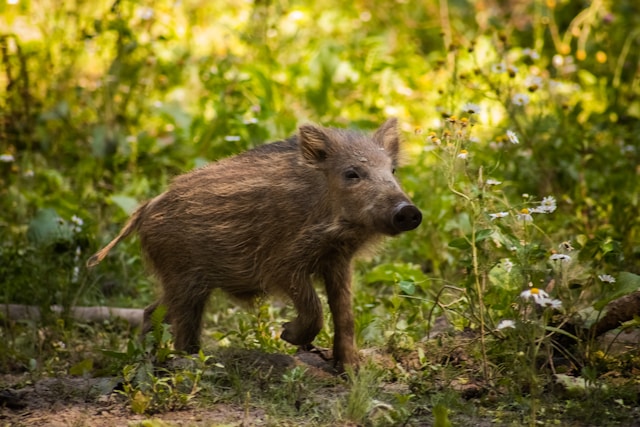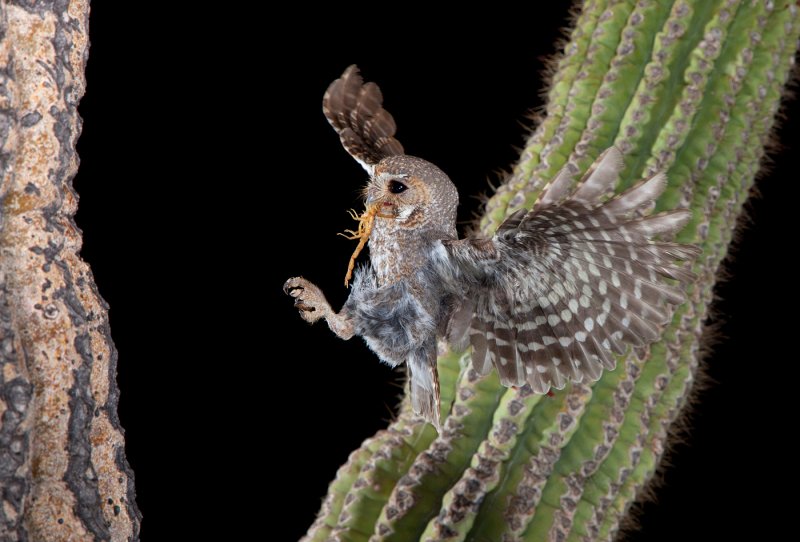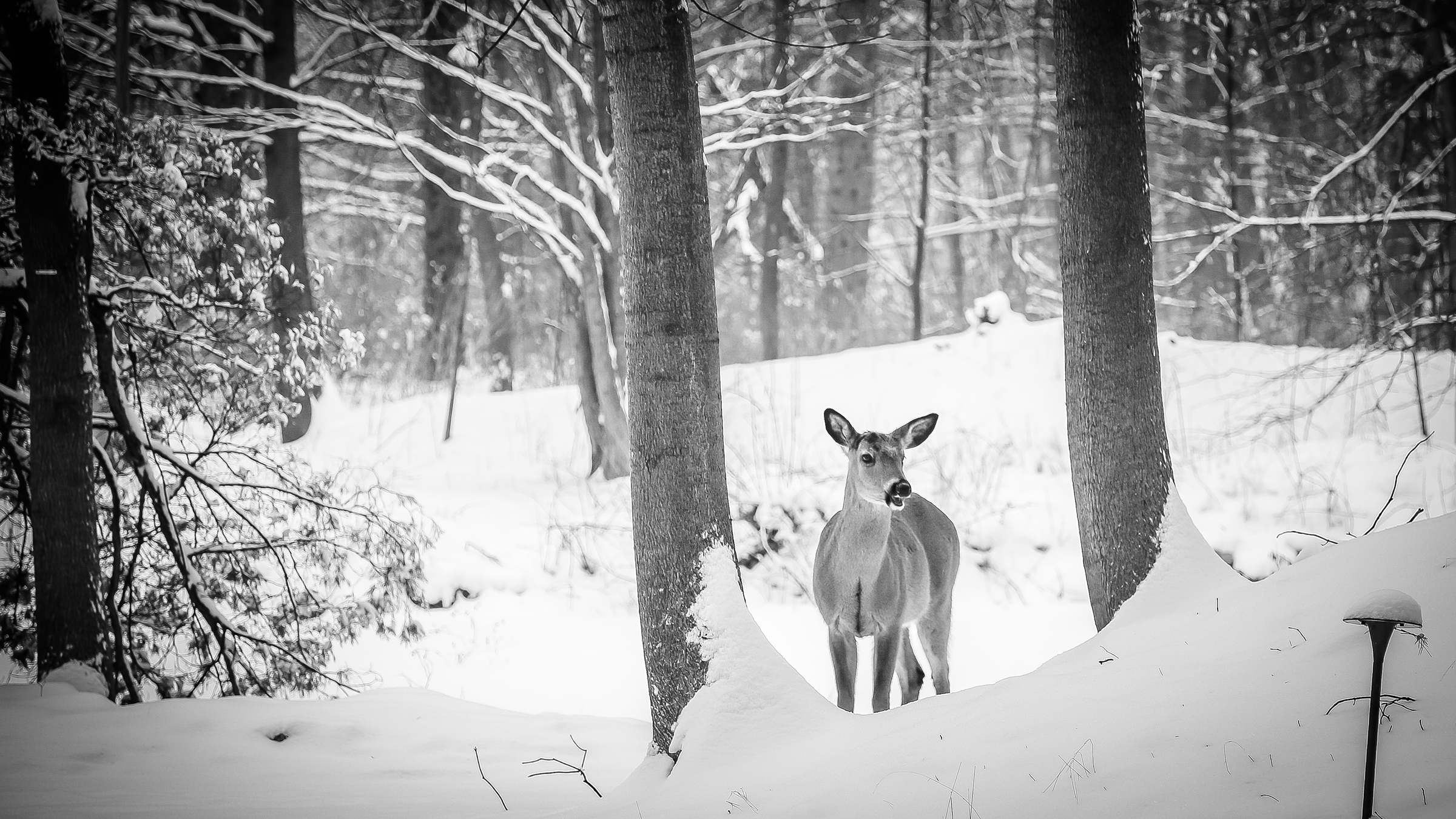
Blog
Making Your Deer Feeder Hog-Proof

Wild hogs can cause significant damage to deer feeders, consuming large quantities of feed, damaging equipment, and disrupting deer feeding habits. To protect your investment and ensure deer have access to the feed, it’s crucial to make your deer feeder hog-proof. Below are several effective strategies to safeguard your feeder from unwanted hog intrusion.
Elevate the Feeder
One of the most effective ways to keep hogs out of your feeder is by elevating it. Hogs are low to the ground and cannot reach feeders placed at a certain height. Installing feeders on tall, sturdy legs, or hanging them from trees, ensures that only deer and other taller animals can access the feed. For optimal results, the feeder should be at least 5-6 feet off the ground. Adjustable tripod legs are a great option for maintaining the height, as they can be adapted to the terrain and still provide stable support.
Install Feeder Guards
Another practical solution is adding a physical barrier around the feeder, such as a feeder guard or fencing. Steel cages or panels can be placed around the base of the feeder to prevent hogs from knocking it over or reaching up to the feed area. The guard should have a sturdy design, allowing deer to move through but blocking access for bulkier hogs. The key is to maintain durability because hogs are known to be persistent and can damage poorly built enclosures.
Timed Feeders with Spinners
Hogs are opportunistic feeders and will linger around feeders that dispense food constantly. Installing a timed feeder can reduce the amount of time that food is available, making it harder for hogs to monopolize the feed. A timer ensures that feed is only released at specific intervals, often during hours when deer are most active. Additionally, some timed feeders come with spinners designed to distribute small amounts of feed, further reducing the amount that hogs can scavenge.
Regular Maintenance and Monitoring
Maintaining a hog-proof feeder requires consistent monitoring. Inspect your feeder regularly to ensure that it is functioning properly and remains securely elevated or protected by guards. Hogs can cause damage over time, so any weak points in the system should be addressed promptly. Regularly checking for signs of hog activity around the feeder area will allow you to make adjustments before serious damage is done.
Protecting your deer feeder from hogs is essential for ensuring that deer have access to the feed you’re providing.. By making these adjustments, you can improve the efficiency of your feeding system and reduce feed loss to hogs, ensuring a healthier deer population and a more successful wildlife management strategy.
Recent Articles

We built our first timer over 50 years ago. With that timer, we established a constant determination to build quality products that meet our customers’ needs. This unwavering focus on quality products and excellent customer service is the foundation of Sweeney Enterprises.



